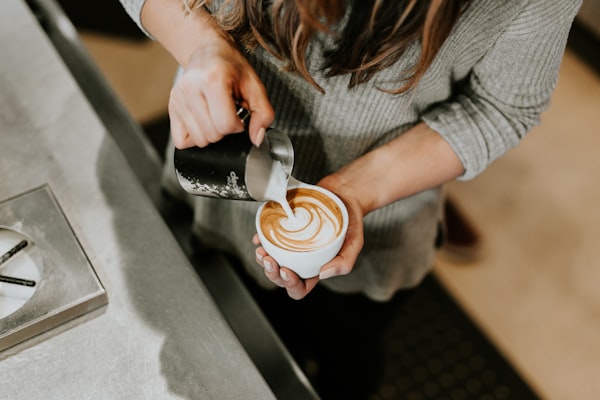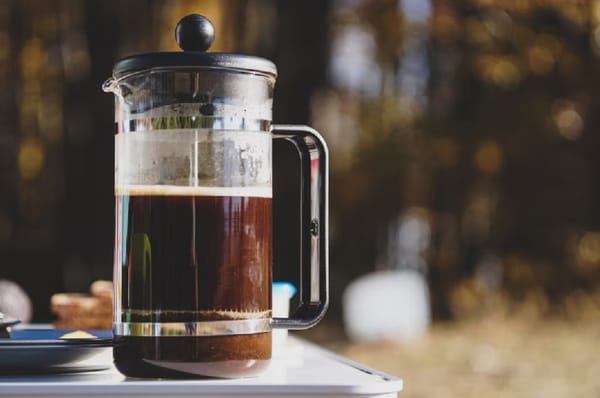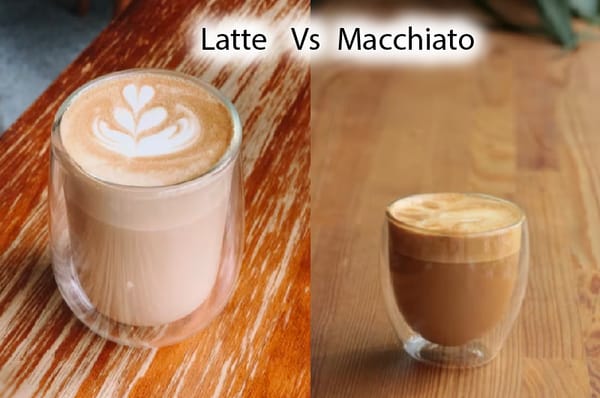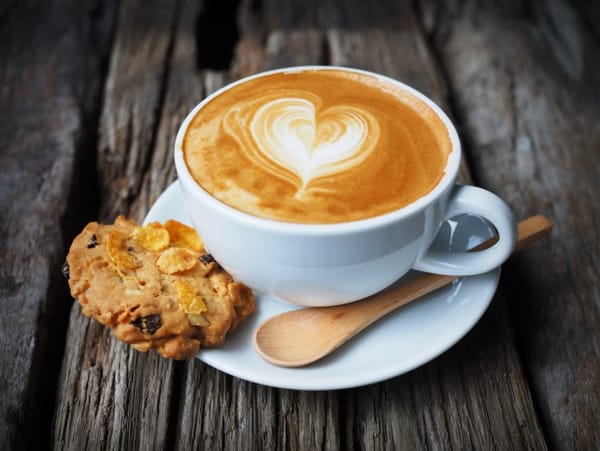The color of coffee Beans: what do the colors say about beans?
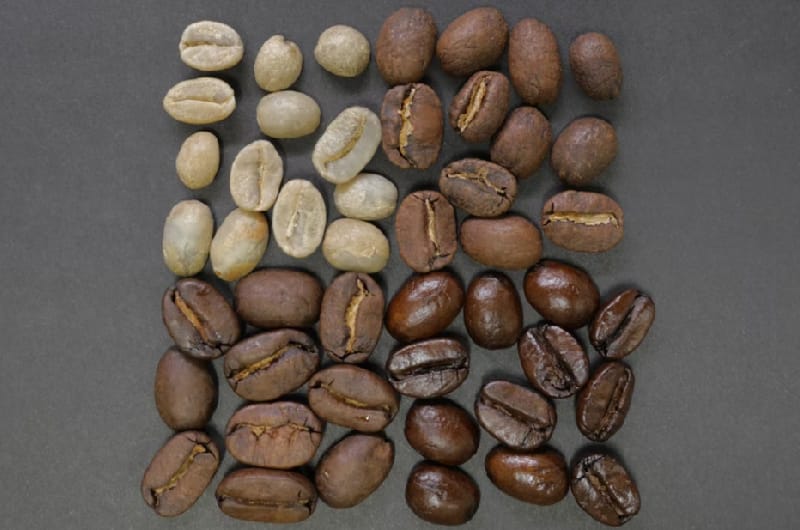
The color of coffee beans is an essential factor to consider when buying coffee from a specialty shop. There are many reasons why a bean’s color is important to consider. However, the main reason is the taste and quality of the coffee.
The coffee bean is a seed that contains the endosperm, germ, and pericarp, and it is the endosperm that provides all of the coffee’s flavor and color. The endosperm is the part of the coffee bean used for coffee production, and it is the color and flavor that is of interest to coffee drinkers.
Coffee Bean Colors
Coffee beans come in a wide variety of colors, from the traditional brown to more unusual shades like black and blue. So, what do the different colors say about the beans?
Generally, coffee bean color is determined by the variety of the plant and the roasting process. For example, Arabica coffee beans are typically light brown, while Robusta beans are darker. The roasting process also affects color, with lighter roasts tending to be lighter in color and darker roasts being darker.
So what do the different colors mean? Light-colored coffees tend to be milder in flavor, while dark-colored coffees are usually more affluent and full-bodied. Black coffee beans have been roasted for longer and have a more intense flavor. Blue coffee beans are a rarer variety that is said to have a fruity flavor.
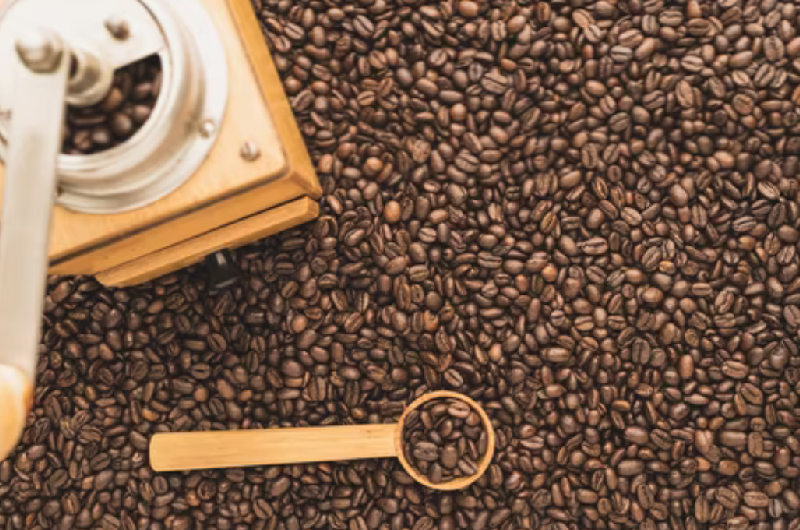
So next time you’re choosing coffee beans, think about what flavor you’re looking for and choose the color accordingly!
Green, Blue, and Purple
So you’re a coffee drinker, and you like your coffee black, with a bit of sugar or cream. But have you ever wondered what the colors of coffee beans mean?
Green, blue and purple coffee beans are all different shades of unroasted coffee beans. The color of the bean doesn’t necessarily indicate the flavor of the coffee, but it can give you some insight into how the coffee was grown and processed.
Green coffee beans are typically lower in acidity than dark roasted beans, and they also tend to be less sweet and have more grassy notes. If you’re looking for a light and refreshing cup of coffee, green beans are a good choice.
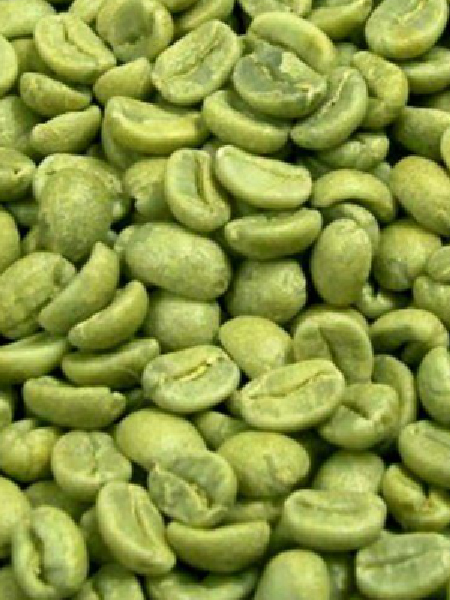
Blue coffee beans have a deep, rich flavor with hints of chocolate or caramel, and these beans are typically medium to dark roasted. If you’re looking for a bolder cup of coffee, blue beans are the way to go.
Purple coffee beans are typically high in acidity with fruity notes, and these beans are usually light roasted. If you’re looking for a bright and flavorful cup of coffee, purple beans are a good choice.
Black Coffee Beans
When it comes to roasted coffee beans, there are three primary colors that they can be: black, brown, and green. Black coffee beans are the most common type of bean, and they are what you typically think of when you think of coffee beans.
Black coffee beans are roasted longer than any other type of bean, which gives them their dark color. These beans also have a strong flavor that some people love, and some people find to be too bitter. If you like your coffee on the firmer side, black coffee beans are the way to go.
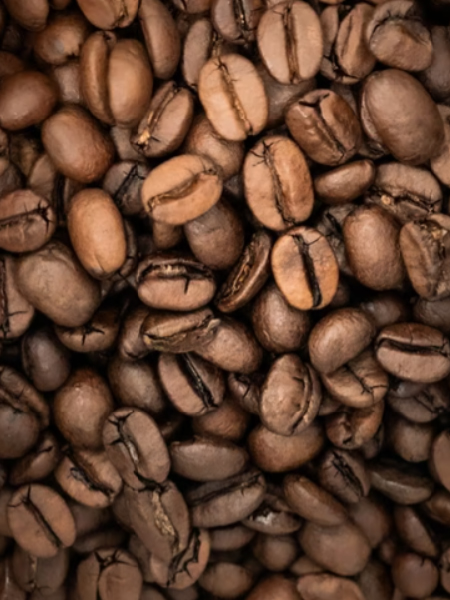
The Different Types of Roasted Coffee Beans
There are many different coffee beans, each with its unique flavor. The color of the bean can be a good indicator of its flavor. Here is a look at some of the most popular types of coffee beans and what their colors say about them.
Light Roast Beans:
These golden-brown beans have a milder flavor. They are often used in blends to add a smoothness to the final product.
Medium Roast Beans:
These dark brown beans have a more robust flavor. They are often used as the base for blended coffees because they provide a strong foundation for the other flavors.
Dark Roast Beans:
These black beans have a robust, almost bitter flavor. They are often used in espresso because of their bold taste.
What Do the Colors Mean?
When it comes to coffee, there are a lot of different colors that the beans can be. But what do those colors mean? Is one color better than another? Let’s look at what the different shades of coffee beans say about the beans themselves.
Light Brown:
These beans have been lightly roasted and have a mild flavor. They are often used in blends because they don’t have a strong flavor.
Medium Brown:
These beans have been roasted for longer than light brown beans, giving them a slightly more robust flavor. They are still relatively versatile and can be used in various coffees.
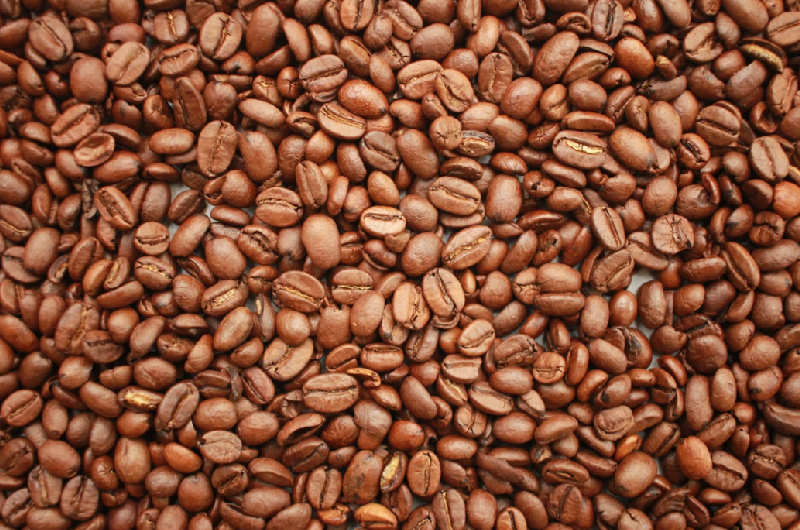
Dark Brown:
These beans have been roasted for a long time, resulting in a deep and rich flavor. They are best used in espresso or other strong coffees where their flavor can shine through.
Black:
Black coffee beans have been roasted for even longer than dark brown beans, giving them an even deeper and richer flavor. They are best used in espresso or other robust coffees.
FAQs:
How is coffee color determined?
Coffee comes in a variety of colors. The color of a cup of coffee can often give us a flavor clue as to its flavor and aroma. The color of coffee is determined by the roasting process, the origin of the coffee beans, and the variety of beans used. Roasting coffee beans darken the hue and increase the flavor and aroma.
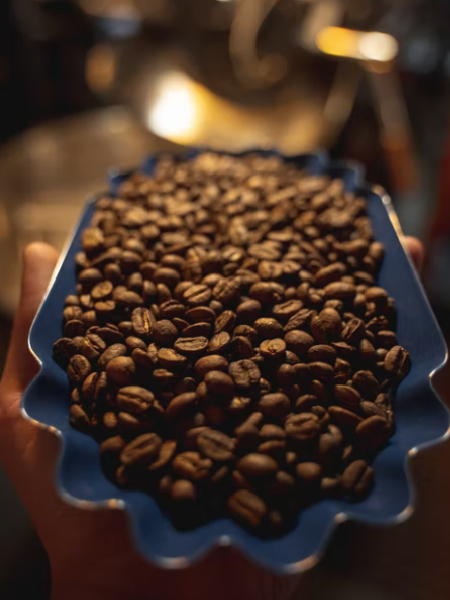
What color should coffee be?
Coffee should have white color, but its color varies with the place and time. Coffee from the West Coast is lighter in color and strong in taste than from the East Coast. The flavor of the coffee is influenced by the climate conditions of the region where it is grown and harvesting conditions.
Why does coffee turn black?
The type of coffee color results from combining two different processes. One is the roasting of coffee beans at high temperatures and the subsequent brewing of the roasted beans with hot water. In both cases, the coffee is exposed to oxygen and other reaction partners, and the color results from complex chemical reactions.
As the beans roast, the complex sugars in the bean change their chemical structure, creating a chemical reaction with oxygen. As a result, the bean becomes darker and tastes better.
Why does coffee look orange?
The most obvious explanation for coffee’s color is the color of the coffee itself. When coffee is produced, the beans are usually roasted and ground to a specific size. The particular size of the ground coffee is related to the final color of the coffee because the roasting process has a significant impact on the final color of the coffee.
The roasting process can be broken down into two types: conventional and organic.
How do you keep coffee from solidifying?
In the past, coffee was often stored in a cool, dark place where it would solidify. If you were lucky, you could save some of the coffee by stirring it regularly. In the modern world, instant coffee is often stored in a refrigerator.
If stored in a cold environment, coffee and milk may solidify when exposed to air, and this can be avoided by adding a stabilizer to the mixture.
Should coffee be stored in the fridge?
Coffee should be kept at room temperature, away from any heat source or direct sunlight. However, if you are looking to preserve the flavor of your coffee, then it is best to store it in the fridge. A cold environment will help slow down the deterioration process of coffee and will help to preserve its flavor.
Additionally, coffee should be stored in a fridge, but only for a short time. The average consumer should store their coffee at room temperature for the first 14 days and then store it in a fridge for the next 14 days. After that, the coffee can be placed in the freezer.
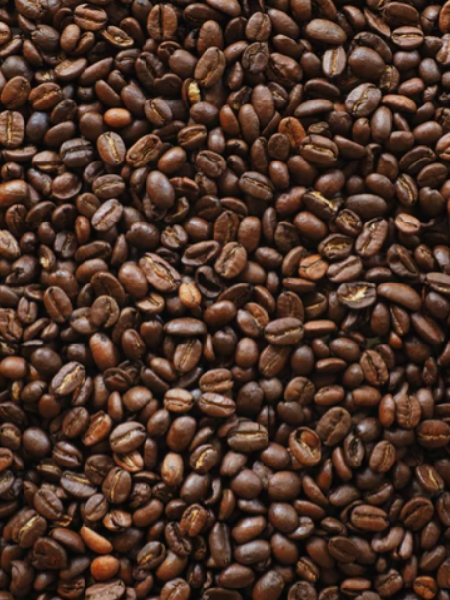
Can you store coffee in a glass jar?
You can store coffee in a transparent glass jar, and it can be used for storage and transportation. A transparent glass jar is also handy during the holidays when it helps keep your holiday gifts from getting broken during travel.
You can find an airtight glass jar at the nearest supermarket, drugstore, or hardware store. In a glass jar, you can store coffee for up to two weeks at a temperature of 70 degrees Fahrenheit.
How much caffeine is in a cup of coffee?
An 8 oz cup of coffee contains about 150 mg of caffeine. In a cup of coffee, the caffeine amounts to about 16% of the caffeine in a cup of cola. The caffeine content of regular coffee is about 1/3 of that of a cup of tea. If you drink coffee to stay awake, you are probably drinking too much caffeine.
What color should good coffee be?
The color of coffee beans changes from yellow to green and then dark brown. Its colors show what stage coffee is at. When it turns brown or dark brown, it is ready for consumption. Coffee beans are not black; they are brown after the roasting stage. However, brewed coffee may range from dark brown to black. The color of brewed coffee depends on how it was brewed and its roast level.
What coffee is better, light or dark?
Most people think that dark color coffee is strongest than light color coffee. When you compare caffeine content, light roast coffee beans are stronger than dark roast coffee beans. When it comes to flavors, dark roast coffee beans offer a bolder and richer taste than light roast coffee. The dark roast may have a rich taste, but the light roast offers a distinct taste as it retains more flavors than dark roast coffee.
What color is black coffee?
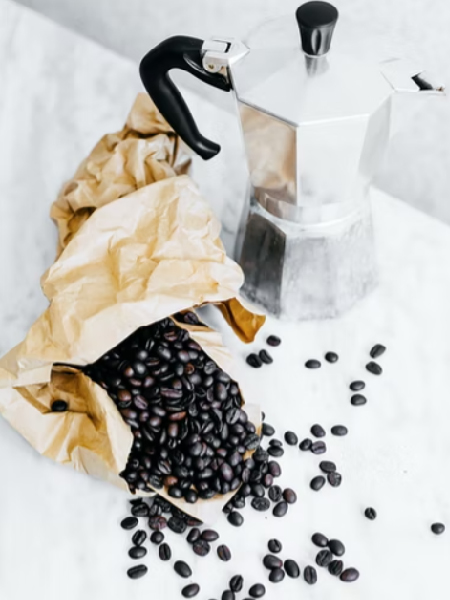
The level of acidity determines the color of coffee. The acidity level is measured using a pH scale which ranges from 1 to 10, and the highest score shows a stronger acidity level.
Conclusion:
There you have it — a quick guide to the colors of coffee and what they say about the beans. Use this information to help you choose the right beans for your next cup of coffee. And remember, no matter what color the beans are, all coffee is delicious!

